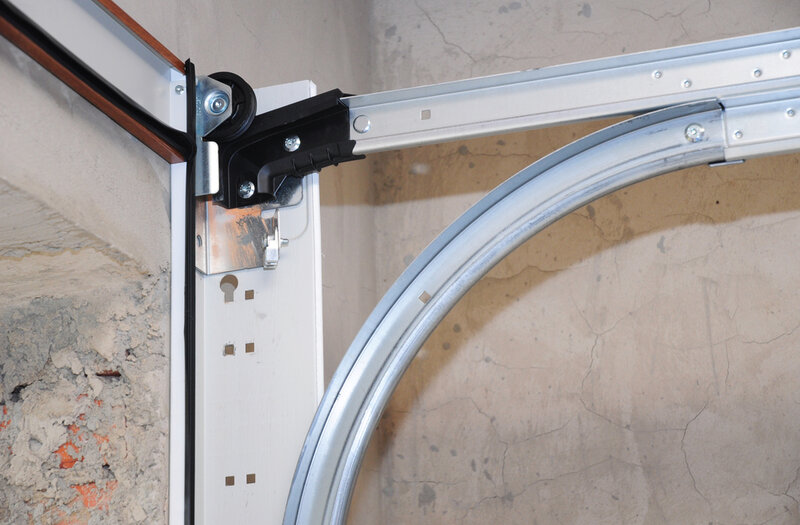Garage door automation has made life easier for many people, as well as providing a greater level of security and safety for their vehicles and their homes. Moving parts, on the other hand, are susceptible to damage, wear, and failure. Three components are most likely to cause problems with your garage door, though. Before you call on the services of your local garage door repair service, see if it's one of these three parts that are causing you trouble.

Springs
To keep things running smoothly, springs are commonly used in garage door systems. Their wear and tear is accelerated by the fact that they are frequently held under extreme pressure and tension. In terms of cost and risk, torsion springs, in particular, are the most expensive and the most likely to fail. Uncoated springs are used by many manufacturers in an effort to save money and reduce production costs. Ten thousand open/close cycles is the rated life of these springs, which means it will no longer function if the springs wear out before then. In most cases, a spring like this will last 3-5 years.
Powder-coated and high-quality commercial springs are commonly used in high-end systems. The coating extends their lifespan by helping them maintain their shape and resist rust. They can typically withstand 30,000 cycles or more before needing to be recoated. To make sure you're using a spring that will last, check the cycle ratings every time you replace it.
Rollers
The smooth operation of the garage door hinges heavily on the rollers. Rollers are essential for both manual and automatic garage doors, but the latter will rely on them even more. These wheels help move the door in both directions. Plastic or nylon tires mounted on a steel shaft travel along the door's track in the majority of garage doors. These rollers are less expensive and easier to come by, but they are also less durable and will break down sooner.
When used regularly, cheap rollers typically last between 12 and 18 months before needing to be replaced. Steel and bearing-equipped rollers are generally preferred. More expensive and harder to come by, these items actually save you money in the long run by reducing the frequency with which you need to replace them. When your garage door system needs service, find out what kind of rollers your technician recommends.
Bearings
The third part of your garage door system that will almost certainly need to be replaced is the bearings. There are many different types of automatic garage door systems, but all of them should have three sets of bearings: one in the middle and one at each end of the door. In other words, the more bearings there are, the more evenly the load is distributed; therefore, the more, the better.
Some door designs only have two bearings at the door's ends, making them more prone to wear and alignment issues. It is preferable to use a garage door system that has three bearing sets rather than two.
